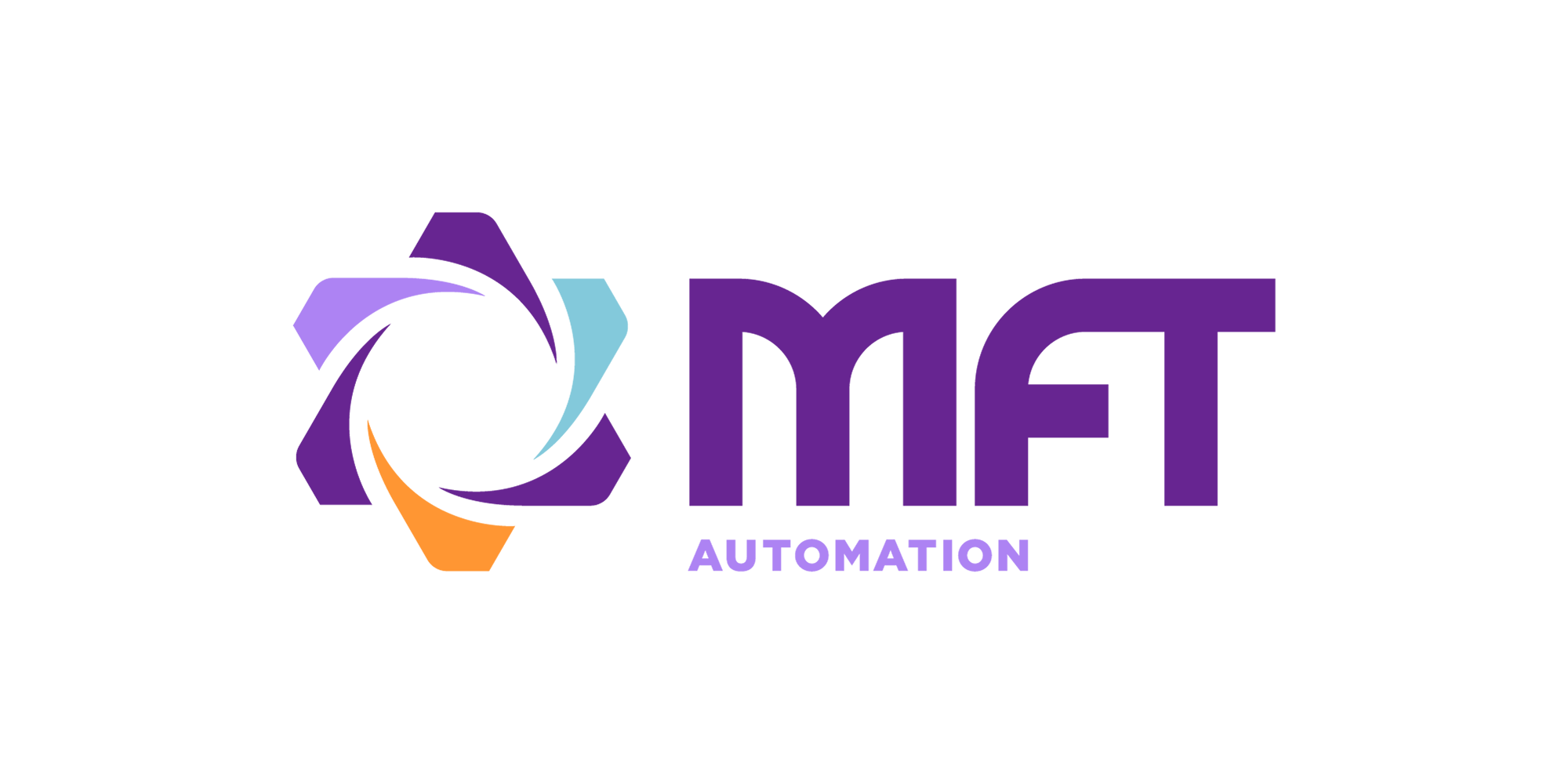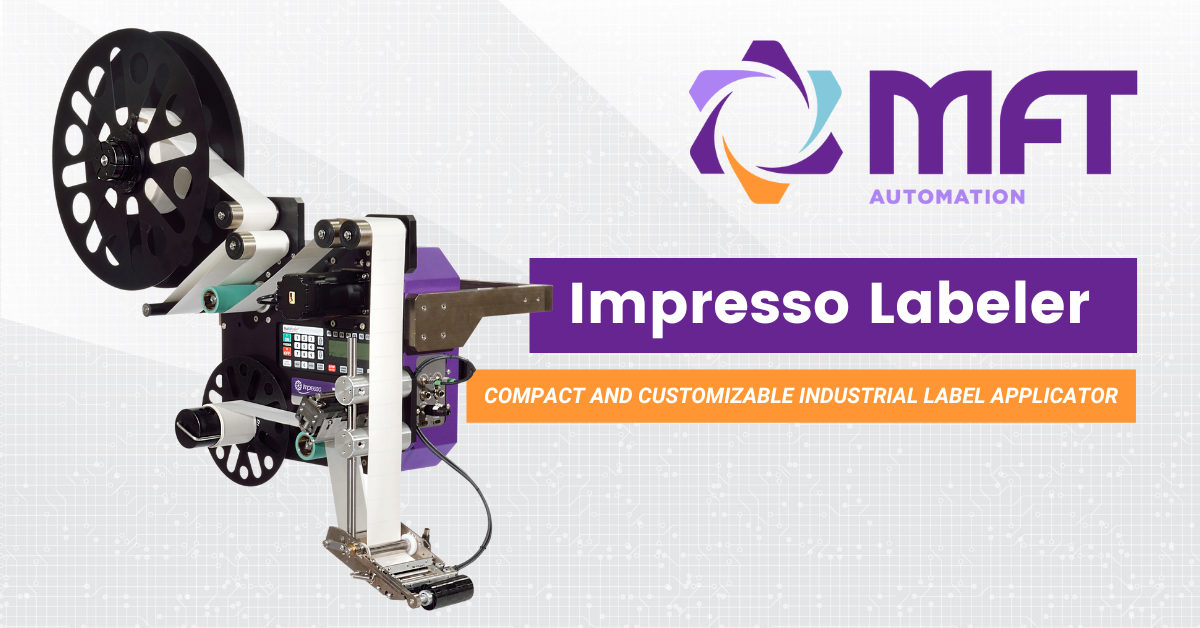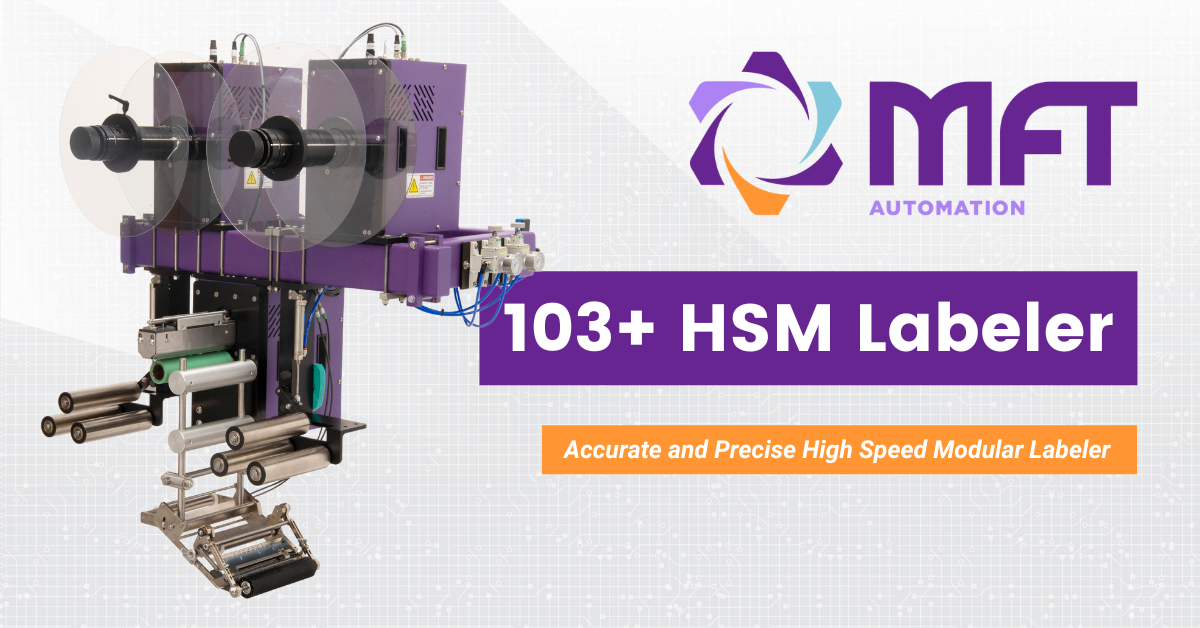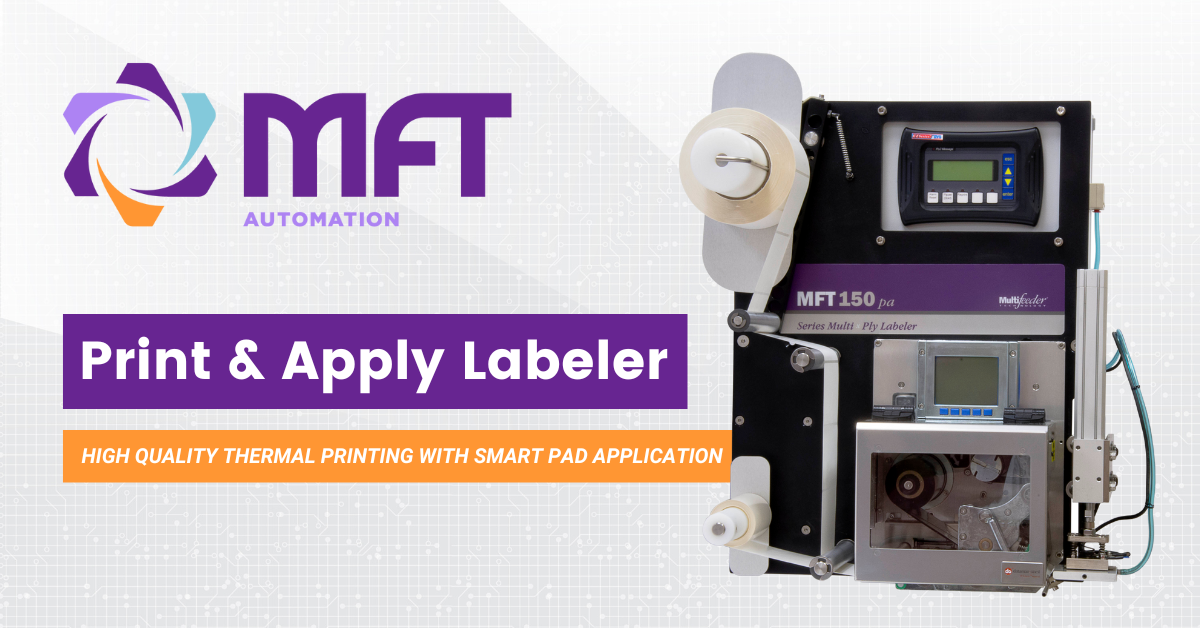Keeping track of inventory is one of the top priorities of internal operations for any business. A common way stores and companies track inventory is with barcodes which can be scanned to identify the product and its price. With barcode labels, products can be tracked from production to the point of sale, or even to contact a customer if there is a major recall on the product. There are two major types of barcodes used in the world.
Universal Product Codes (UPC)
Universal Product Code (UPC) is a unique 12-digit number assigned to a product or item by the Global Standards Organization (GS1). The GS1 manages global barcode standards, as companies cannot create their own UPC numbers. UPCs are widely known as the primary way businesses track inventory. The basis for UPCs was created by a group of trade associations from the grocery industry to increase efficiency while stocking shelves and decreasing check-out times at their grocery stores. Now, each industry dictates its own requirements for the UPCs. Though not legally required, UPCs are usually necessary to sell through traditional retailers and online marketplaces like Amazon, Walmart, and more.
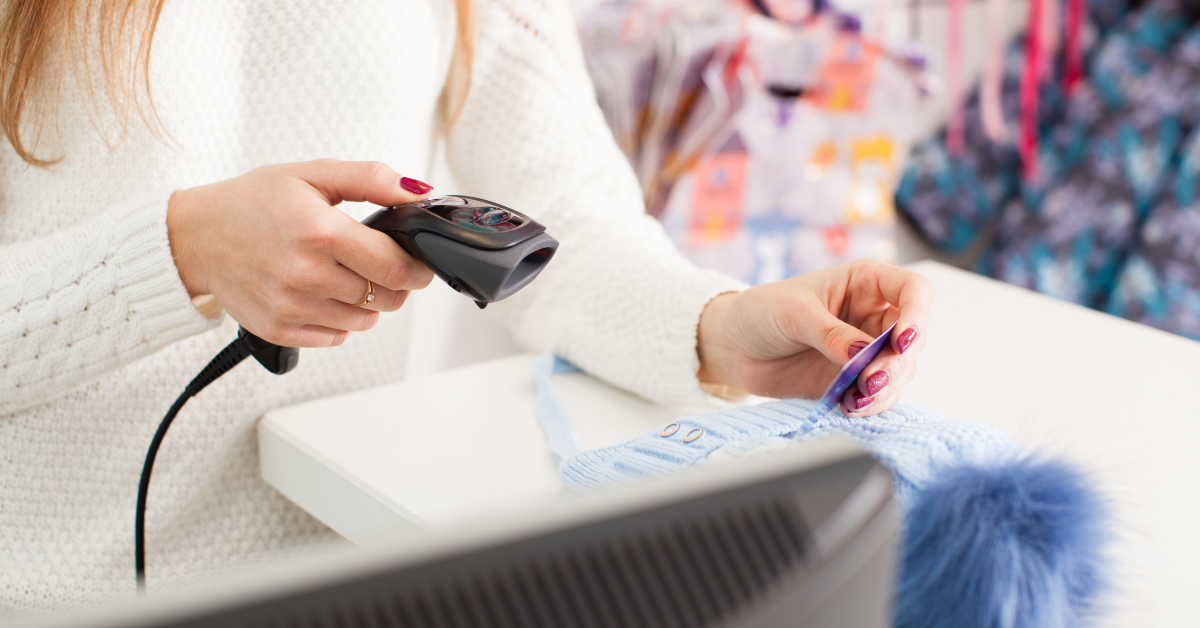
UPCs are made up of a country code number (the code for USA and Canada is zero (0)), a company number code, and a product number code. With these parameters, there are billions of UPCs in the world with each company having hundreds to thousands of UPCs in its inventory. Each product and its variations need its own unique UPC code. For example, for every t-shirt design, there are size variations from extra small to extra large, meaning a company needs five UPCs (one for each size) for just one t-shirt design.
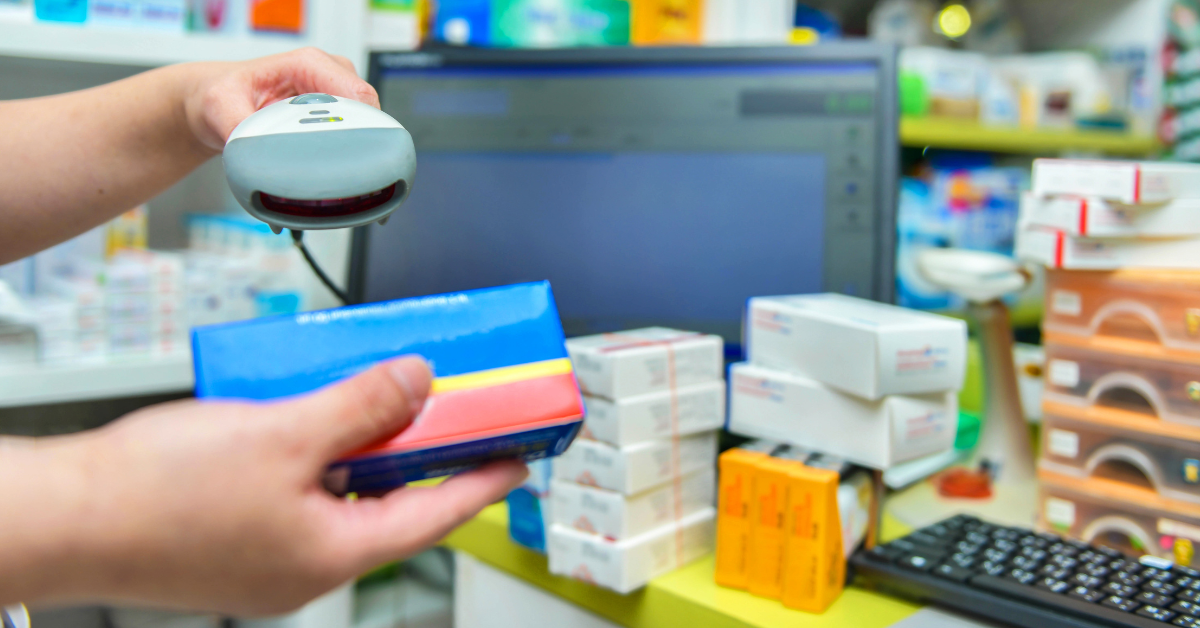
International Article Numbers (EAN)
The rest of the world uses International Article Numbers (also known as European Article Numbers or EANs) to track their products. With the popularity of UPCs growing in other countries, EANs were created to increase the number of codes for the different European, Asian, and African countries. The GS1 organization also assigns the EANs to companies. EANs have 13 digits and countries have specific codes while the USA and Canada’s country code is zero (0). Multinational companies can have both UPCs for their products sold in USA and Canada and EANs for products sold internationally.
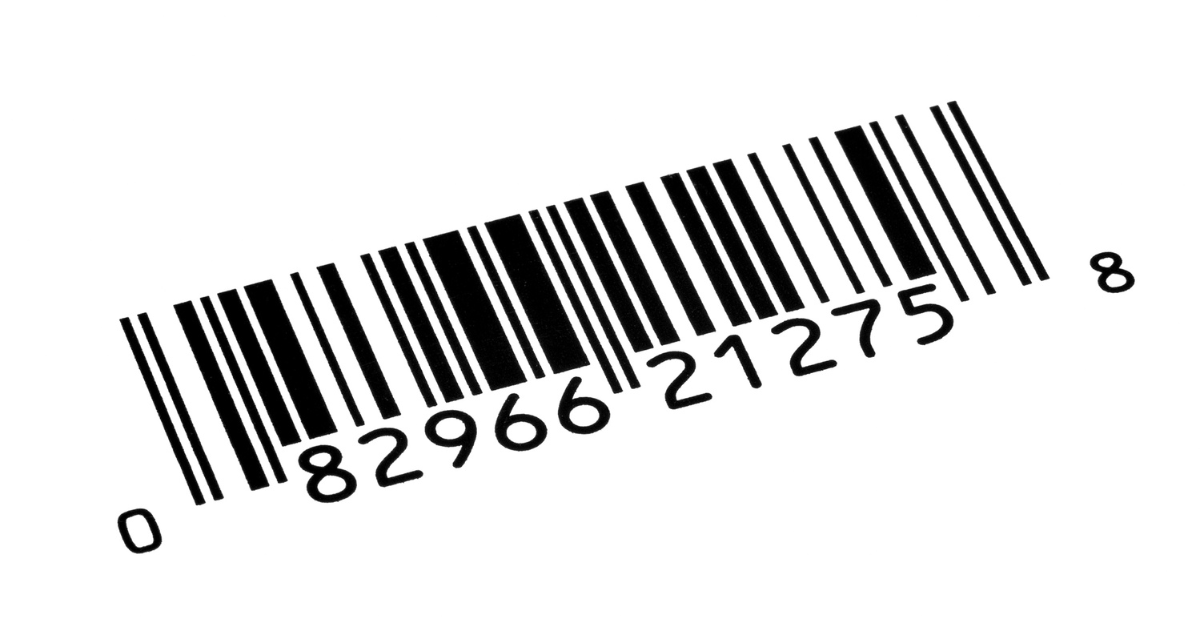
Best UPC Practices
The main advantage of barcodes is their scannability, made for quick data capture and unobtrusiveness on the packaging. The barcode has to be readable otherwise it will not scan and important data tracking data can be lost. Let's quickly cover some best practices and standards for your UPC labels:
To guarantee readability, UPCs must follow specific design standards. First, The area on the left and right side of the UPC barcode is required to be free of all printing. This area is known as the ”Quiet Zone”. Quiet zones are required on both ends to read the barcode from either direction to prepare the scanners for the barcode and tell the scanner when to stop.
The level of contrast between the background and barcode bars is important to maintain readability. In the same vein as contrast, the transparency of the package can cause problems. Transparent packaging, such as plastic bags or containers can be problematic as barcodes have trouble being read on the transparent material. It’s recommended that the background of the UPC on transparent packages be opaque white to increase the contrast with the dark bars.
The standard size of a UPC code is 1.469 inches wide by 1.02 inches high, including all the numbers on the bottom. The maximum recommended size, 200% of the standard size, is 2.938" w x 2.04" h. The minimum recommended size is 80% of the standard size or 1.175" w x .816" h.
The best location to place UPC barcodes on the product is anywhere that is easy to scan and find. Generally, UPCs are located on the bottom or backside of a product so the barcode doesn’t conflict with the packaging design. Though recent advancements in sensor and scanning technologies have boosted a new design trend of creatively incorporating the barcode into the packaging’s design. These vanity barcodes are still functional but they come in odd shapes and different colors and extraneous designs. But most companies stick to the standard design and many industries set their own specific standards for design and location.
Labeling
Large companies with mass-marketed products often integrate UPCs into the packaging design but small businesses might not have the resources. Labeling is a fast and cost-effective way to apply UPCs to your products. MFT Automation has a wide range of high-performance labelers for automating your UPC and barcode labeling process. From high-speed labelers to print and apply labelers, MFT Automation has a barcode labeler to fit your labeling needs. Compact and modular, our labelers are built to seamlessly integrate into existing production lines.
Impresso Series
MFT Automation’s Impresso Labeler is small and compact for maximum flexibility and can be easily integrated into existing production lines or exist as a piece of standalone equipment. The state-of-the-art, high-performance labeler features a 1000-watt brushless servo motor for efficient unwinding and rewinding and durable stainless steel shafts provide maximum life expectancy.
High-Speed Modular Series
Most companies have a high volume of products to label with barcodes and UPC labels. A high-speed barcode label applicator will help you keep up with demand. With independently powered, synchronized servo drive motors for unwind, rewind, and drive, the High Speed Modular (HSM) series can function at high speeds while maintaining accuracy and precision while placing labels. Flexible and compact, the HSM series can be easily integrated into existing systems or be a standalone piece of equipment without sacrificing space in your production lines.
Print and Apply Labeler
The MFT Print and Apply Labeler system prints and adheres labels to most flat surfaces from packaging, and cartons to folders, pouches, and more. Print and apply labeling is a good technique for barcode labeling as it can print UPC and barcode labels on demand. The system has a modular design with the ability to use different print engines for the customization of print quality. Customization gives the option to match the printing engine to a customer’s existing print engine so there is no learning curve in maintenance for a new print engine, making it perfect for labeling applications.
Track and Trace System
Integrate one of our high-performance labelers into our innovative Track and Trace system. The Track & Trace system offers turnkey product handling for serialization coding/printing, and an inspection and rejects system providing a trackable data file. A powerful infrared sensor allows for accurate count using double-detect and overlap detection. This integrated manufacturing system is equipped with a highly adaptable software package that ensures flexible and precise controls.

MFT Automation
MFT Automation has been helping customers design, build, and integrate high-performance automation solutions for over 25 years. MFT Automation’s equipment, systems, and services are known for their flexibility, accuracy, and performance. Our success is made possible by our engineering-oriented and customer-driven approach to finding the best possible automation solution for customers’ applications.
With an abundance of in-house resources including Mechanical Engineering, Electrical Engineering, Software Engineering, and a machine shop with modern CNC and lathe machine tools, we work with customers from the first solution draft to installation and integration. Contact us with your latest automation challenge, online or call us at 1-651-427-1255.
